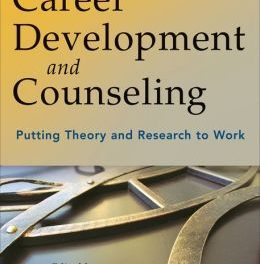 Author: Josh Lerner
Author: Josh Lerner
Publisher: Harvard Business Review Press
Book Review by: Sonu Chandiram
Many companies have embraced innovation as an ideal and seek to create unique products to carve out growing market niches for themselves.
But the distance between this ideal and the woeful reality of failure – the theft of ideas, the loss of investments, and infringement lawsuits, for example – is growing.
Josh Lerner, a professor of investment banking atHarvardBusinessSchooland co-director of the Productivity, Innovation and Entrepreneurship Program at the National Bureau of Economic Research, points out the problems most company executives face as they try to innovate in or re-invent their companies: marks missed, plans backfired, shifts in consumer preferences, and others.
In this book, Lerner, who has written widely on the subject of innovation, shows you how it works and asserts that you can understand and manage it successfully.
Around all this learning and discussion on how innovation can yield successful outcomes, he points out one of the most important keys is: incentives.
Lerner explains in this pioneering book on results-oriented innovation what roles incentives play in promoting new ideas and products, and shows what types of incentives and the right ones you should offer to employees and investors, and how to set up those incentives within time horizons.
To give you an idea of the range of knowledge and experience he taps into, Lerner has written books that include The Venture Capital Cycle, The Money of Invention (with Paul Gompers), Innovation and Its Discontents (with Adam Jaffe), and Boulevard of Broken Dreams.
In his introductory section entitled The Search for innovation and Growth, Lerner points out that the typical ways countries create wealth that result in more jobs and higher standards of living for people. Most of these different ways essentially relate to combining capital with labor and creating new products and services, the sum of which is more than the cost of that input of capital and labor.
Some of the resulting added value (gross profit) goes to the different levels of the government in theUnited Statesin the form of various taxes and the result (net income) is distributed to share owners in the companies as reward for risk-taking.
But when there is a scarcity of capital and / or affordable labor, as well as the high cost of governments, as is currently the case in theUnited StatesandEurope, the alternative method of creating wealth that most companies use now is to combine their capital with the talented, affordable labor pools and lower taxation available in other countries.
Import and distribution of those products in theUnited Statescreates jobs for people and tax revenues for different levels of governments here: Federal state and local.
The other way to for firms to create new wealth (which powers jobs and tax revenues) is through innovation.
Innovation is the process of taking an idea and using it to create a product that provides some value to consumers, such as saving them time and effort in doing something and improving their lifestyles. Time and effort saved, when re-channeled to other activities creates greater productivity.
If it originally took you one hour to create ten dollars for example, but now it takes only half hour to create ten dollars, what can you do with the half hour saved? You can use it to create another ten dollars!
In three parts of this 180-page book, Lerner compares the traditional model of research and development with the venture capital version, and points out the advantages and shortcomings of each one. He then introduces a hybrid model combining the traditional and venture capital models.
The chief difference between the traditional (or corporate) R&D model and venture capital model is that in the former, a corporation’s own resources are used to create new, innovative products, whereas in the latter, funding comes from outside investors. There are advantages and pitfalls in both approaches to innovation as a form of creating new revenues and profits, Lerner points out.
Lerner suggests a third approach, wherein corporations seeking to grow, use their assets – experience, money, people, wisdom, etc. – and work with start-ups that have other assets such as new ideas, inventions, patents towards workable, mutually beneficial, win-win goals.
This book sets you thinking on how to grow your company via innovation and empowers you with the right knowledge and approach towards it. It is a must-read for any executive or entrepreneur seeking growth but is in the dark on how to approach and employ innovation.






